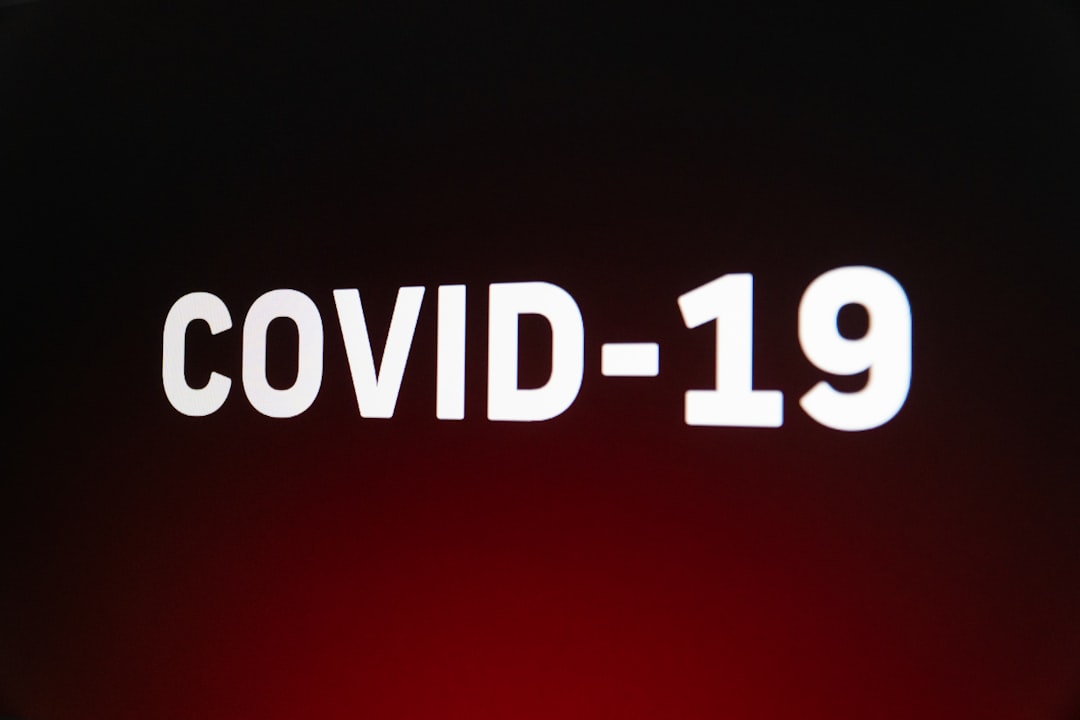What is it about?
Neutrophil–lymphocyte ratio dynamics during concurrent chemo-radiotherapy for glioblastoma is an independent predictor for overall survival. Elevated neutrophil–lymphocyte ratio (NLR) may predict worse outcomes in cancer, including glioblastoma (GBM). This study assessed whether change in NLR during focal radiotherapy and concomitant temozolomide (RT-TMZ) provides further prognostic information. This was a retrospective review of patients treated with RT-TMZ for histologically confirmed GBM from January 2004 to September 2010.
Featured Image

Photo by Paweł Czerwiński on Unsplash
Why is it important?
The findings suggest that a decrease in NLR during RT-TMZ, accounting for known prognostic factors, is an independent prognostic factor for survival in GBM.
Perspectives
This research was presented in part at the 11th Meeting of the European Association of Neuro-Oncology (EANO), Turin, Italy. October 9–12 2014.
Dr Catherine Maurice
University of Toronto
Read the Original
This page is a summary of: Neutrophil–lymphocyte ratio dynamics during concurrent chemo-radiotherapy for glioblastoma is an independent predictor for overall survival, Journal of Neuro-Oncology, March 2017, Springer Science + Business Media,
DOI: 10.1007/s11060-017-2395-y.
You can read the full text:
Resources
ResearchGate
Journal Article: Neutrophil–lymphocyte ratio dynamics during concurrent chemo-radiotherapy for glioblastoma is an independent predictor for overall survival.
LinkedIn
Journal Article: Neutrophil–lymphocyte ratio dynamics during concurrent chemo-radiotherapy for glioblastoma is an independent predictor for overall survival.
ORCID
Journal Article: Neutrophil–lymphocyte ratio dynamics during concurrent chemo-radiotherapy for glioblastoma is an independent predictor for overall survival.
Contributors
The following have contributed to this page










